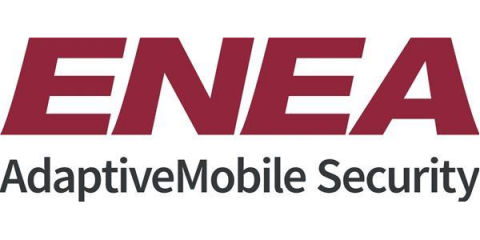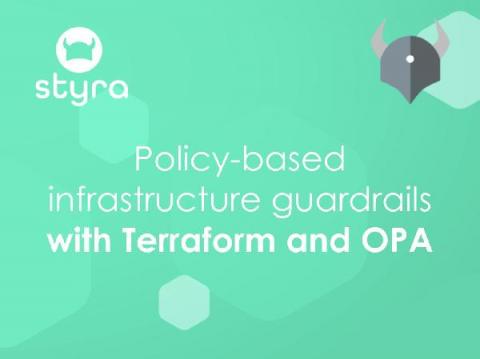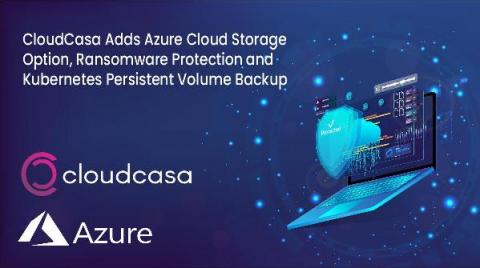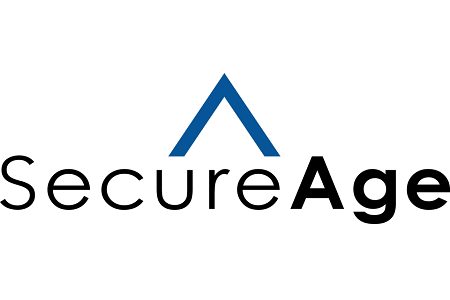Security | Threat Detection | Cyberattacks | DevSecOps | Compliance
Latest News
Getting started with writing checkers using CodeXM
Writing a good checker can take a lot of effort. CodeXM makes writing certain types of checkers much easier. Static application security testing (SAST) is best described as a method of debugging by automatically examining the source code before the application is deployed. It provides an understanding of the code structure, finds quality and security flaws present in the code, and helps ensure adherence to secure coding standards.
Addressing the Ransomware Attack Against Kaseya VSA Customers
On the afternoon of July 2, 2021, Kaseya reported that it had been impacted by a ransomware attack affecting its Virtual System Administrator (VSA) product and advised users to shut down VSA servers immediately. Initial reporting indicates this was a well-orchestrated supply chain attack impacting about 60 managed services providers (MSPs) and up to 1,500 client organizations by leveraging a zero-day vulnerability (CVE-2021-30116).
AdaptiveMobile Security announces the first unified 5G network security solution to protect mobile networks
Ways to prevent ransomware attacks: how to avoid becoming a victim
The reason why ransomware is more rampant today is simple: it’s lucrative for hackers. As high-profile examples of ransomware continue to skyrocket concerning the amount of ransom paid, hackers will only continue to pursue it as a strategy.
Cybersecurity and government
Photo by Katie Moum on Unsplash In May, after many months of dedicated effort, our compliance team received word that a U.S. Federal Risk and Authorization Management Program (FedRAMP) moderate certification was granted for the AT&T Threat Detection and Response for Government solution. FedRAMP is a program coordinated by the US General Services Administration and the Department of Homeland Defense that inspects cloud-based solutions for compliance with 325 distinct security controls.
Policy-based infrastructure guardrails with Terraform and OPA
Few things in recent years have changed the game plan of the tech organization as much as the infrastructure as code movement. With infrastructure itself largely having moved into the cloud, automating provisioning, upgrades and management of that infrastructure was a natural next step.
Hardening AWS EKS security with RBAC, secure IMDS, and audit logging
Misconfigurations in infrastructure as code (IaC) can be just as dangerous as vulnerabilities in code. Small mistakes in configuration can lead to the sensitive data being readable on the internet, or private endpoints and dashboard accessible to the anonymous users and abused as the initial point of compromise. Recent security research findings indicate the rise in malware targeting the Kubernetes platform which showcases the need for secure configuration.
Azure Cloud Storage, PV Backups, and Ransomware Protection with New CloudCasa Release
CloudCasa is a simple, scalable, and inexpensive cloud backup service for protecting your Kubernetes and cloud native applications. We worry about protecting your Kubernetes environment so that you don’t have to! Since the introduction of CloudCasa in November of last year, we’ve been making improvements and adding new features at a steady rate. The CloudCasa team has been very busy this spring, and we’re now pleased to announce yet another major release of new service features!
How do businesses ensure data security with a remote workforce?
When it comes to Data protection, we used to talk about securing the perimeter with firewalls, VPNs, cybersecurity training for employees, to prevent data leaks - remember those days?? Well, these days, things are a little different as we now have remote working to contend with. As a result, Zero Trust has crept in and tilted the formula for Data security and securing network perimeters is no longer effective.










